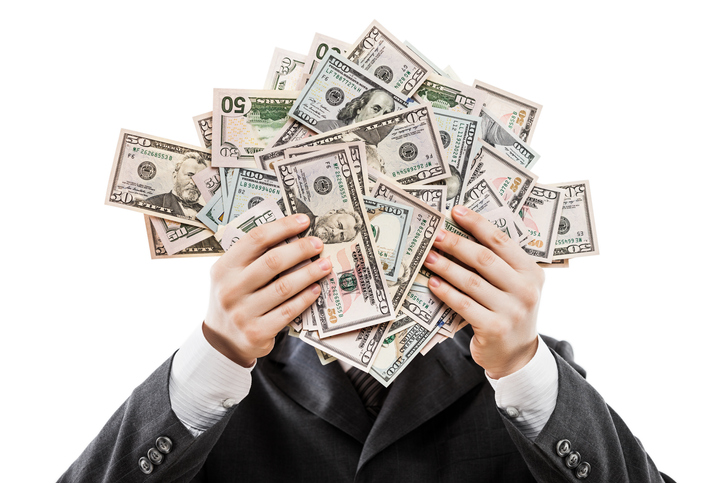By Brian Boone
What’s the one word on everyone’s lips and minds these days? Tariffs. A tariff is like a tax, in the form of a surcharge placed on imported goods, which both raises funds for the government and theoretically encourages domestic goods production. President Donald Trump’s plans to use impose them isn’t new — here’s a trip back in time through the odd history of tariffs.
HAMILTON TAKES HIS SHOT
One of the very first laws enacted by the first Congress of the United States: the Tariff Act of 1789. Devised and pushed through by founding father and Secretary of the Treasury Alexander Hamilton, taxes on imported goods were intended to promote production inside the borders of the new, unstable nation as well as to fund the whole operation. By the year 1800, those tariffs generated as much as 95% of the federal government’s income.
A SMOOT POINT
After the 1929 stock market crash helped plunge the U.S. into the Great Depression, President Herbert Hoover signed the recovery-minded Smoot-Hawley Tariff Act. It placed a tariff in the neighborhood of 20% on all imported goods, as it was meant to help make American-made or grown goods seem cheaper and more attractive to consumers. Instead, economists theorize, it led to depressions in the U.S.’s European trade partners, setting the stage for the rise of extremist governments in places like Italy and Germany.
Get Uncle John's Action-Packed Bathroom Reader Today!
SLIPPING INTO A LOOPHOLE
In 2002, the U.S. federal government approved a tariff covering shoes produced overseas. Importers of sneakers and athletic shoes faced a tariff of 48% of the value of the product, while those bringing in slippers produced overseas had to pay just 6%. Shoemaker Converse added a thin, barely detectable layer of fuzz to the bottoms of its All Stars and other well-known sneakers. That got the shoes reclassified as slippers, and thus subject to the far lower tariff rate.
X-MEN: EX-MEN
The whole point of the X-Men superhero franchise is that the mistreated and misunderstood titular characters are human beings — albeit ones with mutations that give them superpowers. A 2003 court decision ruled that the X-Men are not actually human beings, at least not as far as action figures depicting the likes of Wolverine and Cyclops are concerned. Toy Biz Inc., which produces toys overseas, sued the U.S. federal government to avoid paying the 12% tariff on dolls, characterized as representations of humans. A court agreed with Toy Biz’s argument that the X-Men weren’t quite human, and so the much lower tariff of 6.8%, affecting toys depicting non-people, could be applied.










